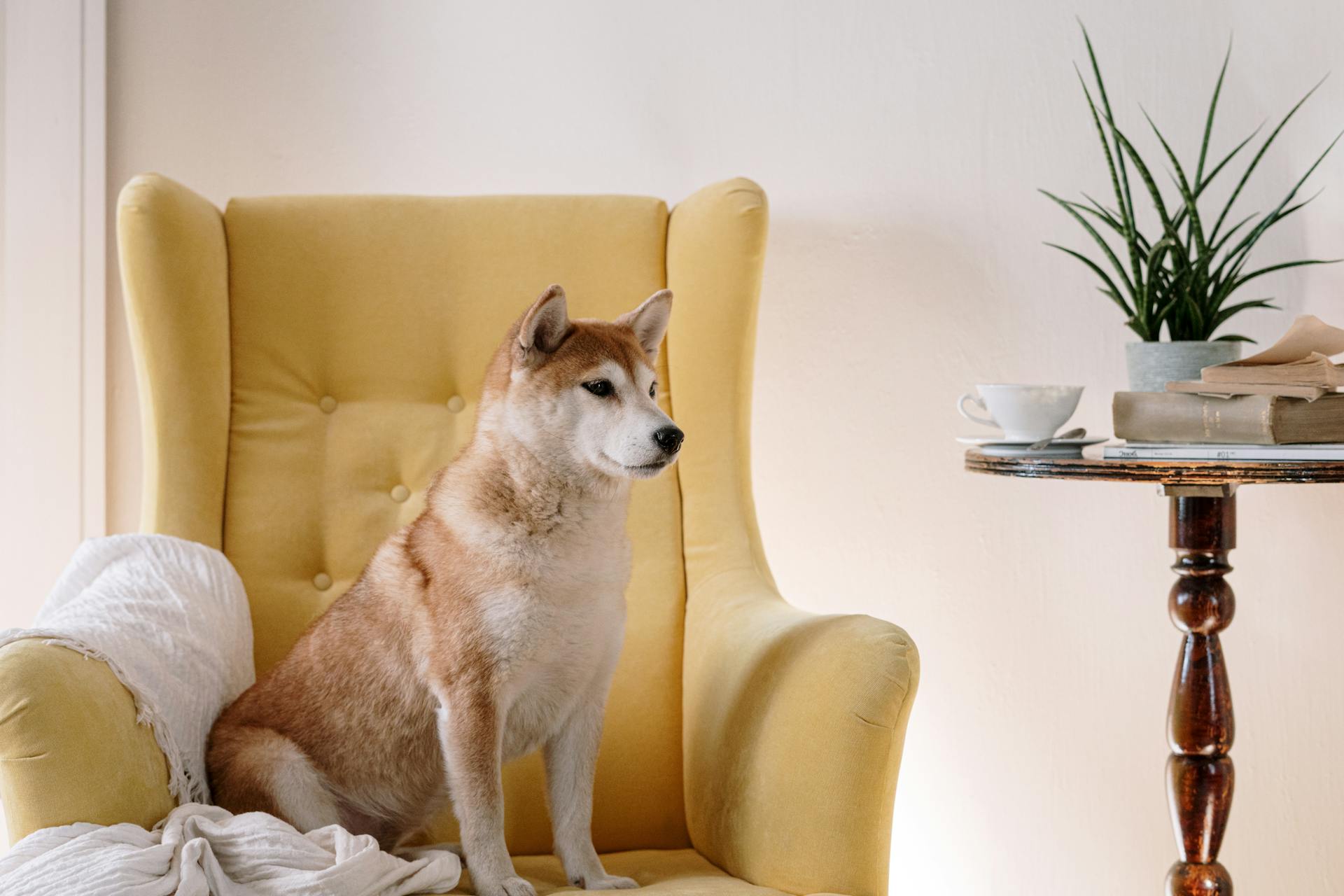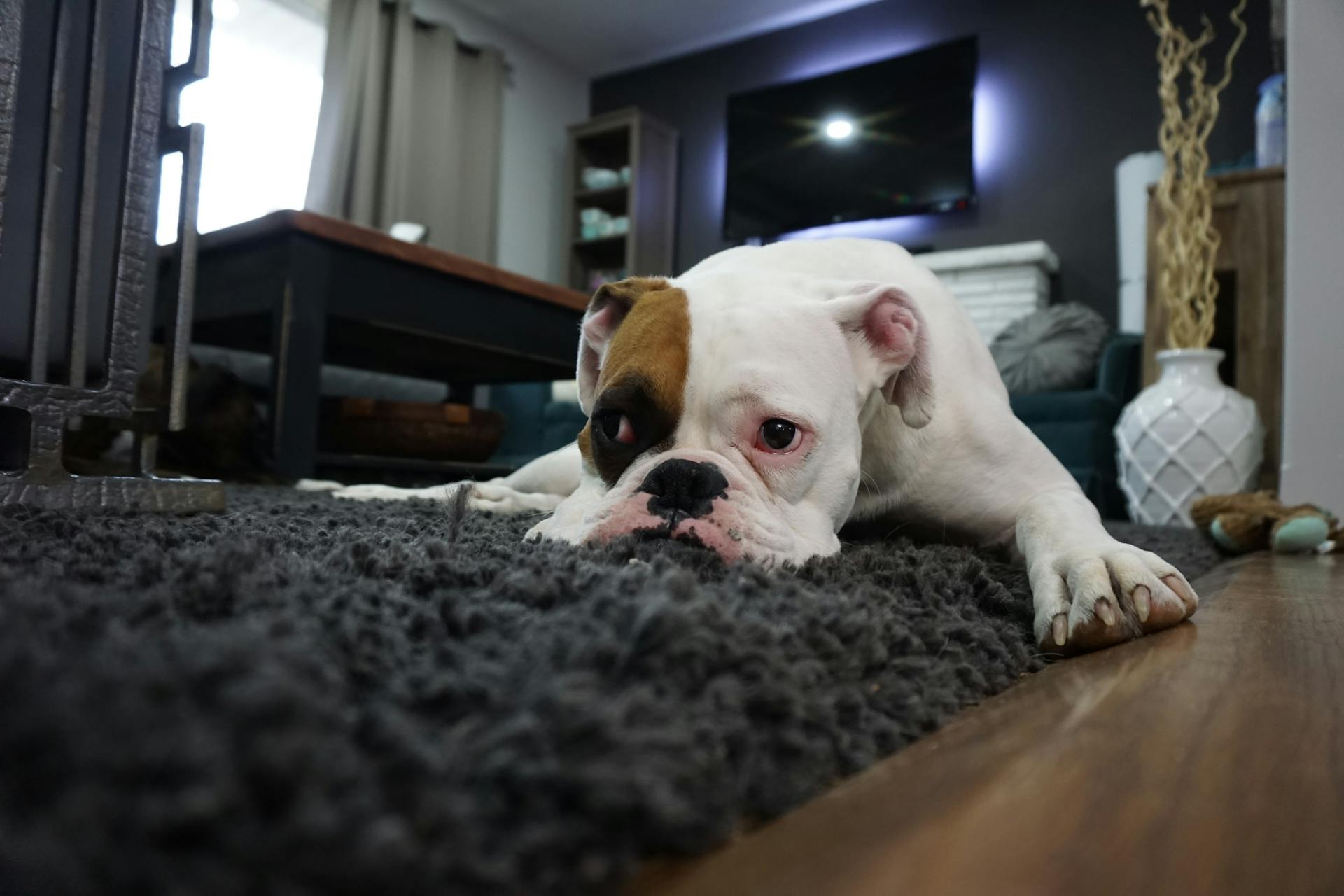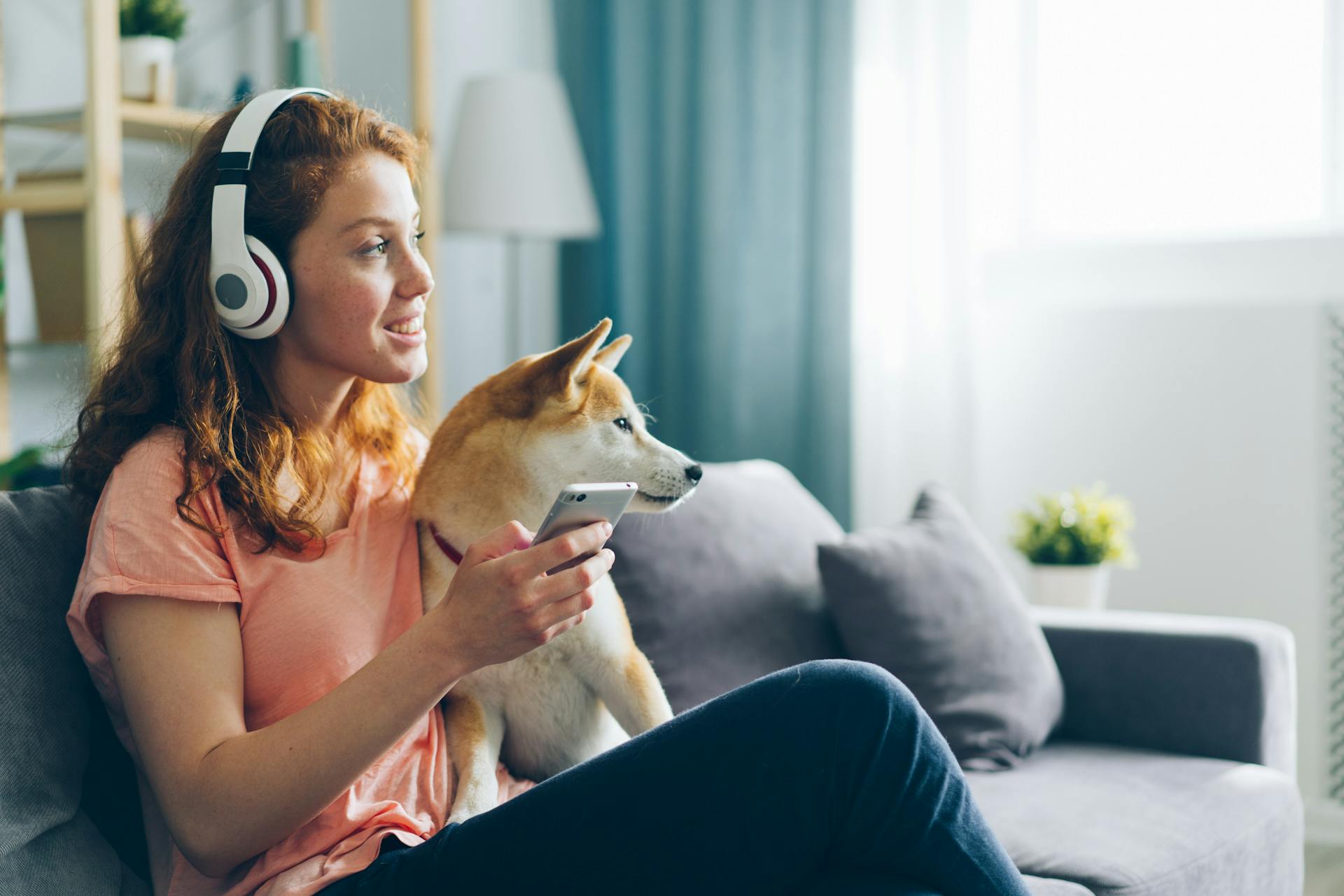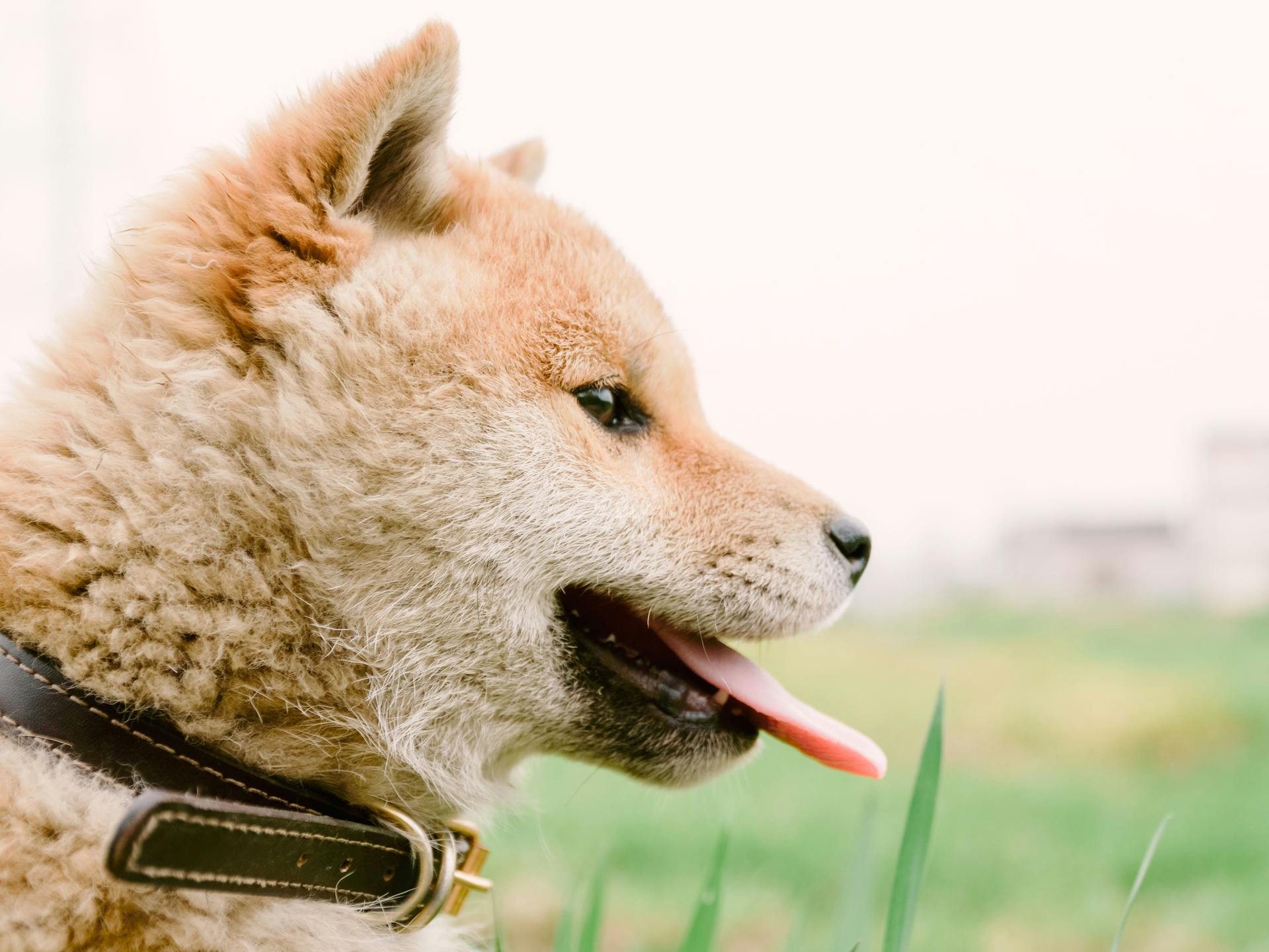
Shiba Inus are one of the most popular dog breeds today, known for their distinctive red, black, or sesame coat and their independent nature. They're a small to medium-sized breed, standing at about 14 to 16 inches tall and weighing between 16 to 23 pounds.
Care
The Shiba Inu needs plenty of exercise and mental stimulation. Think of him as a little ball of energy that loves to play and run. Daily walks, active games, or even off-leash runs in a safe area are great ways to keep him happy and healthy. Socialization is also key; he can be a bit suspicious of strangers and might not get along well with other dogs if not properly socialized from a young age.
Upkeep
The Shiba Inu needs a daily workout. This can be in the form of a vigorous game in the yard, a long walk, or a good run in a fenced area. It's important to keep them active to prevent them from getting bored or destructive.
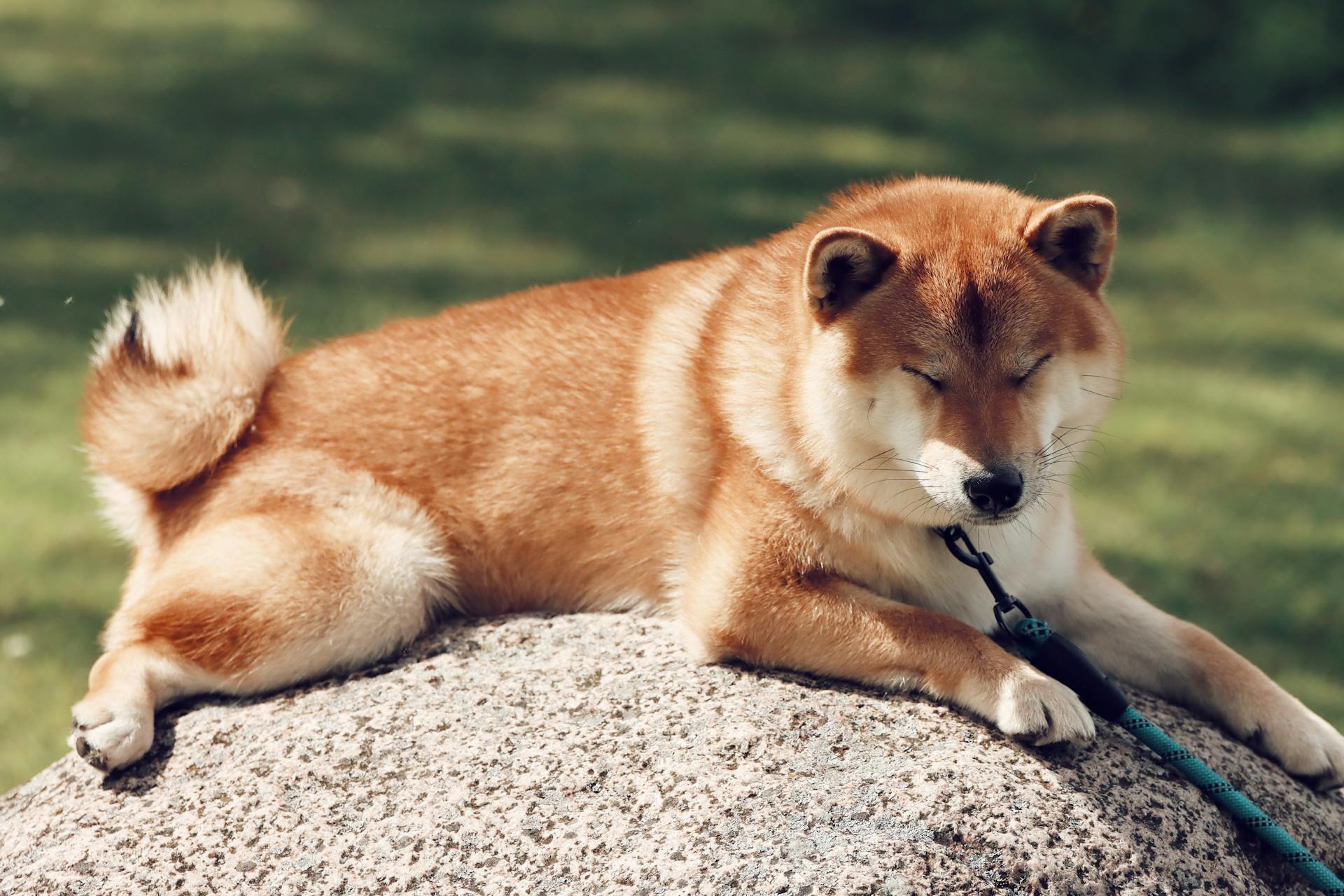
They have a thick, double coat that gives them a Teddy Bear look. The outer coat is stiff and straight, and the undercoat is soft and thick. This coat requires regular attention to keep it tangle-free and healthy.
Brushing is key. You should brush your Shiba Inu weekly, more often when they're shedding heavily. This is especially important during spring and autumn when they "blow" their coat, much like a snowstorm on your furniture and clothing.
Shibas are a heavy shedding breed, so be prepared for lots of hair around the home. They tend to shed year-round but more heavily in the spring and autumn. Regular brushing is needed to remove dead hair and prevent it from getting everywhere.
Oral hygiene is important to prevent tooth or gum issues. Brush your Shiba's teeth at least two or three times weekly to remove tartar buildup and the bacteria inside it. Daily brushing is even better to prevent gum disease and bad breath.
Ears should be checked weekly for redness or a bad odor, which can indicate an infection. When you check their ears, wipe them out with a cotton ball dampened with gentle, pH-balanced ear cleaner to help prevent infections.
A unique perspective: When Can I Breed My Female Dog
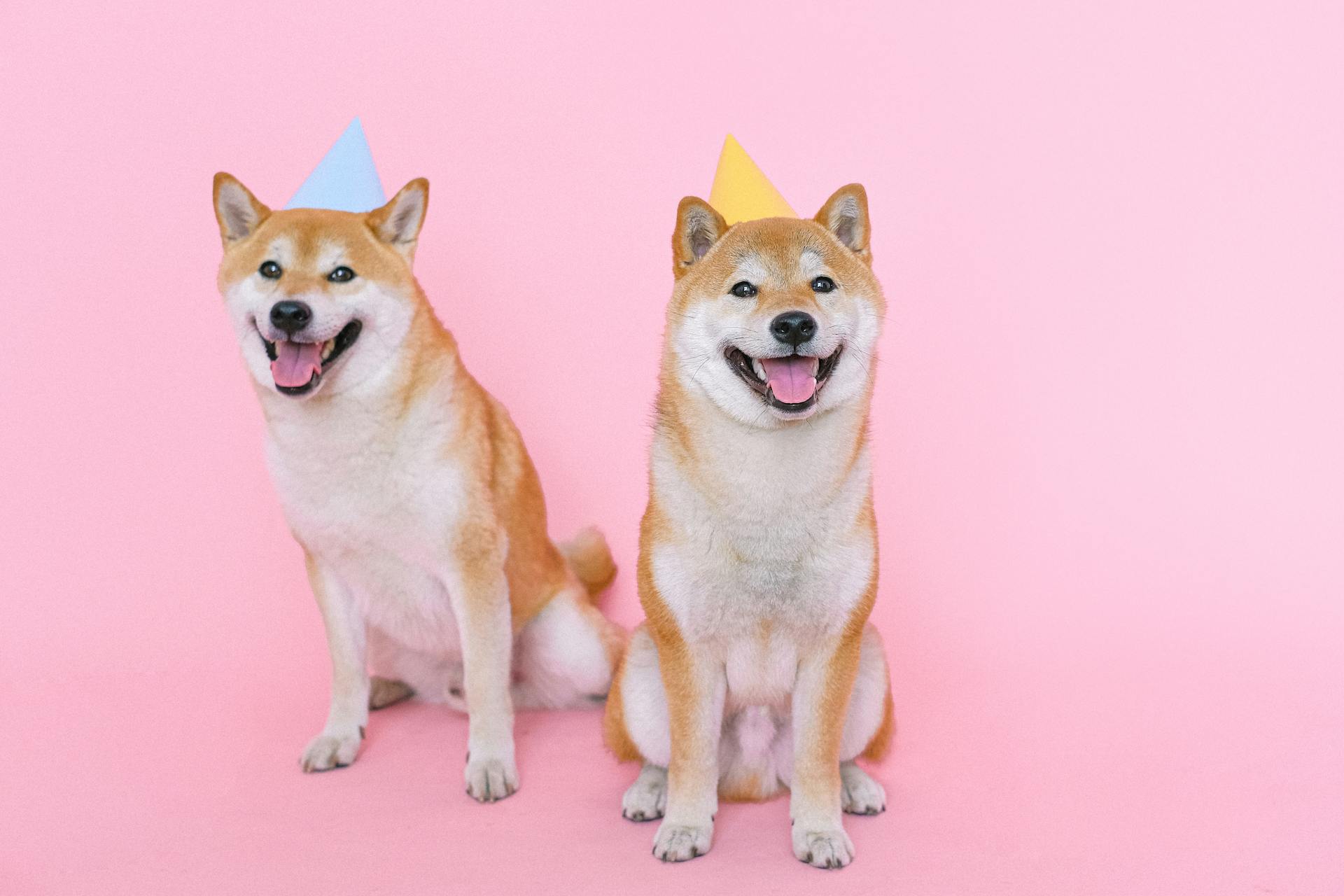
Grooming your Shiba Inu should be a positive experience. Start when they're puppies to get them used to being brushed and examined. Handling their paws frequently and checking inside their mouth will help make veterinary exams easier when they're adults.
During your weekly exam, check for sores, rashes, or signs of infection such as redness, tenderness, or inflammation on the skin, nose, mouth, eyes, and feet. Eyes should be clear, with no redness or discharge.
Feeding
Shiba Inus need about 1/2 to 1.5 cups of high-quality dry food daily, split into two meals. The amount can vary based on your dog's size, age, build, and activity level. A more active Shiba will need more food than a less active one. The quality of the food also matters; better food goes further and is more nourishing.
For instance, my Shiba Inu, Max, is quite active and eats on the higher end of that range. His food is high-quality, so it lasts longer and keeps him healthy. Always measure your Shiba's food rather than leaving a bowl out all day. This helps prevent overfeeding and keeps your Shiba at a healthy weight.
You can tell if your Shiba is overweight by looking at his waist and feeling his ribs. If you can't see a waist and feel his ribs easily, he might need less food and more exercise. Always aim for a healthy balance to keep your Shiba happy and healthy.
You might like: Shiba Inu Coin 1 Cent
Health
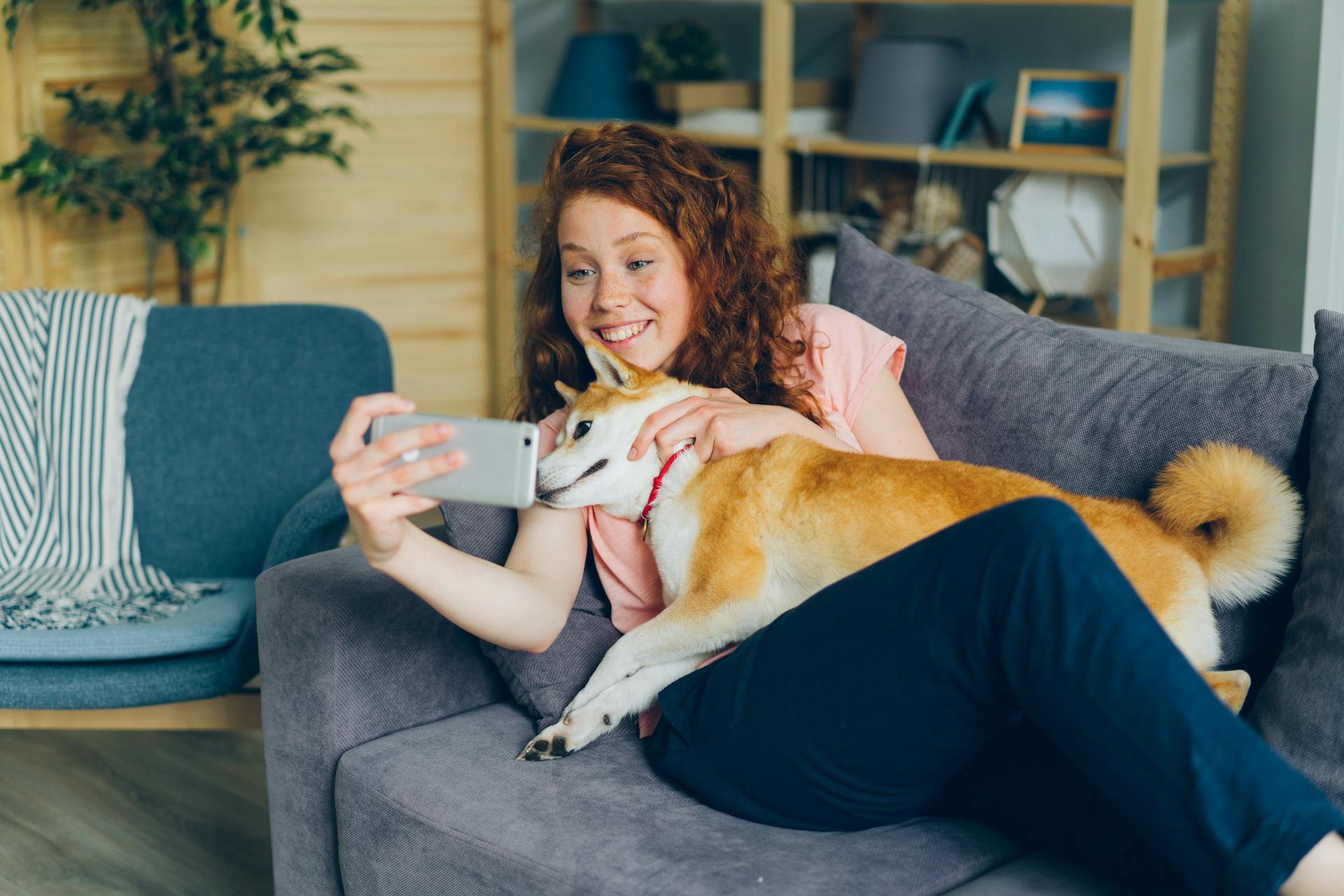
Patellar luxation is a major concern, where the kneecap can slip out of place, causing discomfort and pain. It's important to keep an eye on your dog's knees to ensure they're moving smoothly.
Allergies and cataracts are minor concerns. Allergies can make your dog itchy and uncomfortable, while cataracts can affect their vision. Regular check-ups with the vet can help catch these issues early.
CHD, or canine heart disease, is occasionally seen. It's a serious condition that can shorten your dog's life, but early detection can make a big difference. Distichiasis, which is extra eyelashes, PPM, or pulmonic valve malformation, and PRA, or progressive retinal atrophy, are other conditions that might pop up. Regular eye exams are a good idea.
Suggested tests include knee, hip, and eye exams. These can help catch issues before they become serious. For instance, a simple knee test can tell you if your dog is at risk for patellar luxation.
The life span of this dog breed is typically 12 to 15 years. While that's a good range, it's important to keep up with regular vet visits to ensure a long, healthy life.
Readers also liked: Average Boston Terrier Lifespan
Rescue Groups
If you're considering bringing a Shiba Inu into your life, it's essential to understand that many Shibas are in need of adoption or fostering.
Many Shibas are purchased without a clear understanding of what goes into owning one.
If you're not sure where to start, you can contact the national breed club or a local breed club, and they can point you toward a Shiba rescue.
Here are some reputable Shiba Inu rescue groups to consider:
- Saving Shibas Rescue Association
- Midwest Shiba Inu Rescue
Personality
The Shiba Inu is a confident dog with a robust sense of humor, often described as brash, bold, and busy. They're known to be inventive and entertaining, but also headstrong and independent.
A Shiba Inu's strong prey drive and hunting instinct means they can become fixated on small animals, making them best kept on a lead in the presence of wildlife. This also means they don't share well and can be protective of their food, toys, or territory.
Their confident nature can sometimes be misinterpreted as stubbornness, but it's more accurately described as freethinking. This means they won't always come when called, but with consistent training and socialization, they can learn to respond.
Shiba Inus are generally good-natured and playful, but they can be quite vocal, often yodeling when they want attention or making high-pitched screams when excited. They're not big barkers, but they do have a tendency to make unusual sounds.
Here are some key personality traits to consider when deciding if a Shiba Inu is the right breed for you:
- Confident and bold
- Independent and headstrong
- Playful and good-natured
- Vocal, with a tendency to yodel or scream
- Not the best choice for first-time owners or families with young children
Early socialization is crucial for a Shiba Inu puppy, helping them develop into a well-rounded and confident adult dog. This includes exposure to many different people, sights, sounds, and experiences, as well as training and consistent boundaries.
Frequently Asked Questions
Is a Shiba Inu a good pet?
Shiba Inus make loyal and loving pets for experienced owners and families with older children, but their independent and stubborn nature requires careful consideration. If you're up for the challenge, a Shiba Inu can be a wonderful companion
Are Shiba Inus high maintenance?
Shiba Inus are relatively low maintenance, but they do require regular grooming to manage their heavy shedding. Brushing them once a week can help keep their coat under control.
Featured Images: pexels.com
